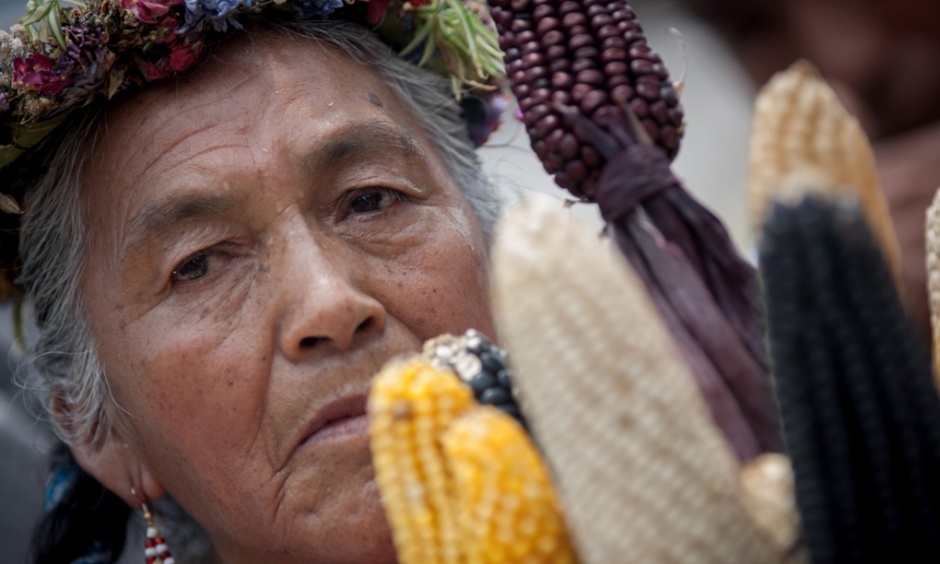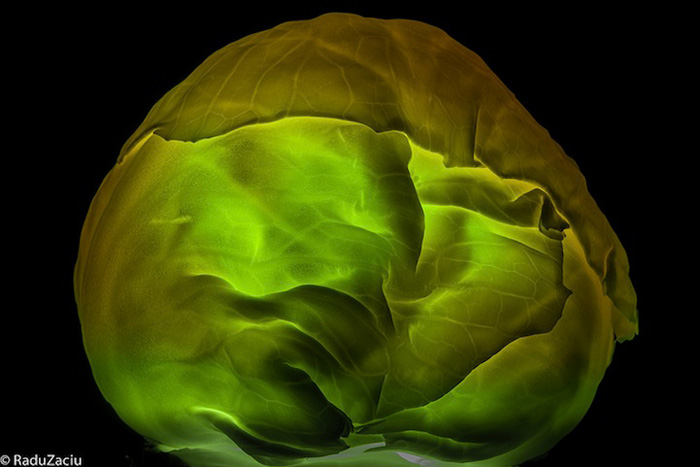Eye | Happy Chinese New Year | Monsanto's Travails | Gods and Kings: McQueen & Galliano
/ ArtTracker
ArtTracker
Happy Chinese New Year
Chinese Warrior Lanterns By Artist Xia Nan Comes Celebrate Chinese New Year in Sydney AOC Global View
Sydney, Australia welcomes Chinese New Year with 90 colorful lantern sculptures created by Chinese artist Xia Nanfor the 2008 Olympic Games in Beijing.The sculptures are made of fabric and wire and can be viewed from February 13-February 22 in Dawes Point.
Is it the Year of the Sheep, Goat or Ram? CNN
Unable to make up its mind, Hong Kong’s store windows are filled with “cartoon-like sheep, cheeky goats and curly-horned rams in a spending bonanza some say is bigger than Christmas in the West. “
Chinese couples shun Year of the Sheep Babies CNN
Duan Chengrong, a professor of demography at Renmin University, analyzed population data from 1954 to 2002 and says that the avoidance of childbirth in sheep years is a “myth” that does not stand up to analysis.
He calls it a “social phenomenon” that’s more common in northern China than the south. A native of Chongqing, he said he’d never heard of it when he was a child.
Scholars say that the year of the Sheep has an honorable history with positive qualities of compassion and filial piety, qualities out of favor in modern life. Chinese government officials are so concerned about the possibility of couples taking the mythology seriously, that they’ve promoted people like Bill Gates, Steve Jobs, Mark Twain, Jay Chou and Zhang Ziyi as sheep.
Shedding Light On Foods We Eat
Photographer Radu Zaciu Snaps Illuminated Fruits & Veggies Global View
Monsanto’s Complex World
 A woman participates in a protest against transgenic corn last year in Mexico City, Mexico. Monsanto announced that its first-quarter earnings dropped on lower sales to South American farmers. Photograph: Xinhua/Landov/Barcroft Media
A woman participates in a protest against transgenic corn last year in Mexico City, Mexico. Monsanto announced that its first-quarter earnings dropped on lower sales to South American farmers. Photograph: Xinhua/Landov/Barcroft Media
Monsanto earnings fall 34% after a year of global protests The Guardian
Monsanto reported in January that its earnings fell 34% in its first fiscal quarter. The reasons were several. American farmers cut back on corn production, reducing demand for biotech-enhanced seeds. Record crops in the US sent food prices plummeting, resulting in South American and elsewhere farmers reducing their own corn plantings. Cotton production in Australia was also affected.





